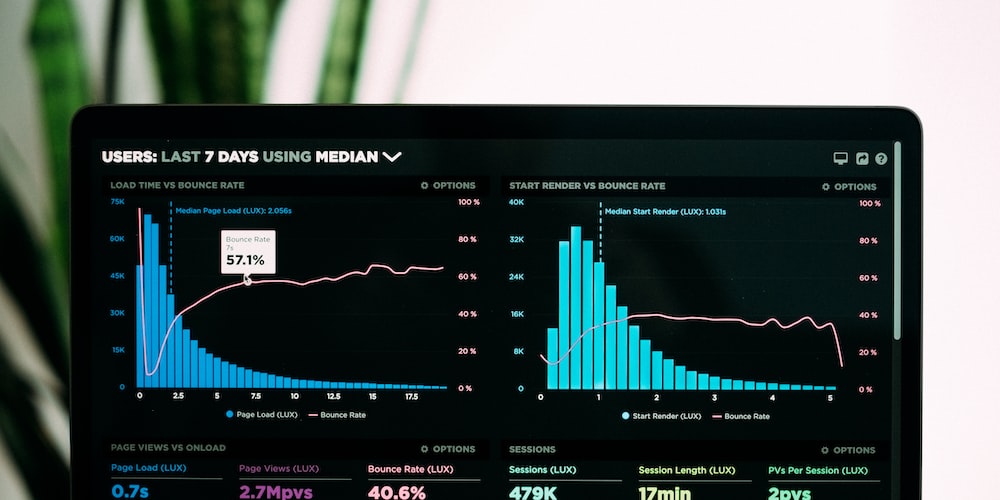
What is the Commodity Channel Index (CCI)? The Commodity Channel Index (CCI) is a technical analysis indicator that traders use to identify potential buying and selling opportunities in the markets. It was developed by Donald Lambert and is typically used …

What is the Bulls Power indicator? The Bulls Power indicator is a technical analysis tool that traders use to measure the strength of buying pressure in the markets. It was developed by Alexander Elder, a well-known trader and author of …

What are Bollinger Bands? Bollinger Bands are a technical analysis tool that traders use to identify potential buying and selling opportunities in the financial markets. The Bollinger Bands are composed of a moving average and two bands that are placed …

What is the Awesome Oscillator? The Awesome Oscillator is a technical analysis tool that traders use to identify changes in market momentum and trend strength. It was developed by Bill Williams, a well-known trader and author of several books on …

What is the Average True Range (ATR)? The Average True Range (ATR) is a technical analysis indicator that measures the volatility of a financial instrument. It is typically used to identify potential entry and exit points for trades, as well …

What is the Alligator Indicator? The Alligator Indicator is a technical analysis tool that traders use to identify market trends and potential entry and exit points for trades. It was developed by Bill Williams, a well-known trader and author of …

What is the Adaptive Moving Average (AMA)? The Adaptive Moving Average (AMA) is a technical analysis tool that traders use to identify potential buying and selling opportunities in the financial markets. It is a type of moving average that adjusts …